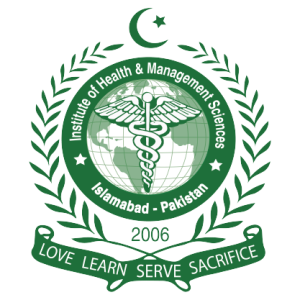Introduction
Polio, also known as poliomyelitis, is a highly contagious viral disease that primarily affects young children. It can cause paralysis or even death in severe cases. The virus spreads from person to person through contaminated food and water or close contact with an infected individual. It predominantly targets the nervous system and attacks motor neurons in the spinal cord, leading to muscle weakness or paralysis.
While efforts have significantly reduced global cases of polio over the years through vaccines and public health campaigns, it remains a concern in some regions. In this article, we will explore the causes of polio, available treatment options for managing symptoms like post-polio syndrome (PPS), and delve into its history including the development of the life-saving vaccine against this infectious disease.
What Is Polio?
Polio is an infectious viral disease caused by three types of poliovirus: P1 (serotype 1), P2 (serotype 2), and P3 (serotype 3). These viruses belong to a larger family called enteroviruses which tend to thrive in intestines but can sometimes invade other parts of your body.
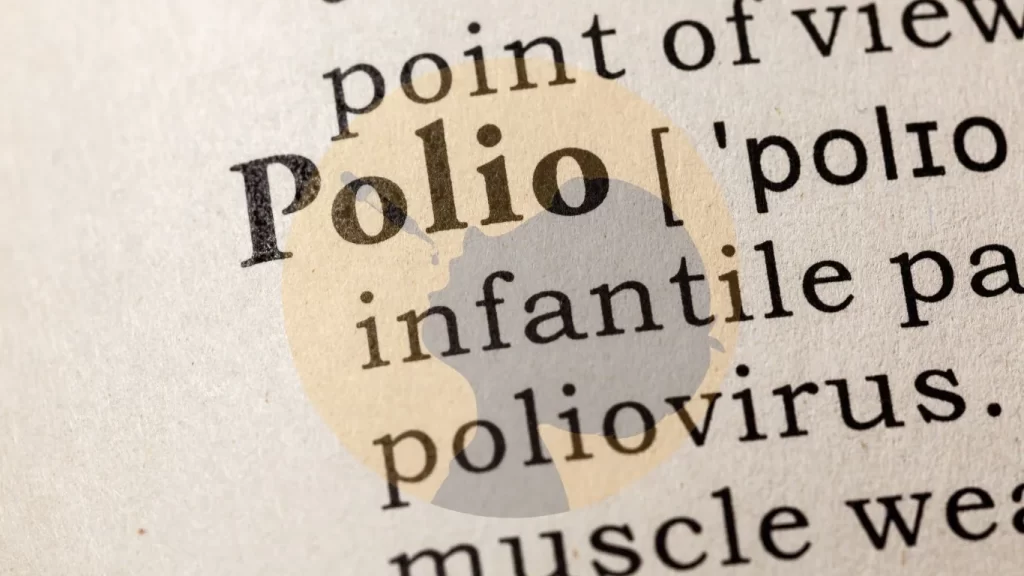
Types of Poliovirus
There are three types of serotypes of poliovirus:
- Type 1: It is responsible for causing most wild-type infections.
- Type 2: This type was eliminated globally in October 2015.
- Type 3: Cases caused by this type are becoming rarer now but still require attention.
Causes of Polio
Poliovirus mainly transmits through the fecal-oral route i.e. ingestion of food or water contaminated with the virus, leading to infection. The virus enters the body through the mouth and multiplies in the intestines. From there, it can spread to other parts of the body including nerves that control motor functions.
Polio Symptoms
Polio symptoms vary from mild flu-like illness to severe paralysis which can lead to death in some cases. Not everyone infected with poliovirus develops symptoms; around 95% of infections result in no obvious signs at all (subclinical). However, when symptoms do appear, they may include:
Initial Symptomatic Stage
The first stage is known as “abortive poliomyelitis” or “minor illness,” where individuals experience relatively mild symptoms similar to those associated with a common cold or influenza:
- Fever
- Sore throat
- Headache
- Vomiting
Non-paralytic Polio (Aseptic Meningitis)
Occasionally, infected individuals may experience a more serious form called non-paralytic polio or aseptic meningitis. These manifestations are characterized by:
- Stiffness in the neck and back
- Painful muscles and joints
- Muscle spasms
Paralytic Polio
Paralytic poliomyelitis affects approximately 1% of those infected with poliovirus and is marked by muscle weakness and sometimes permanent paralysis.
How Is Polio Diagnosed?
Medical professionals diagnose polio based on clinical presentation combined with laboratory tests such as analysis of cerebrospinal fluid (CSF) collected via lumbar puncture. Other diagnostic methods include the detection of viral genetic material through polymerase chain reaction (PCR) assays performed on throat swabs, stool samples, or saliva specimens.
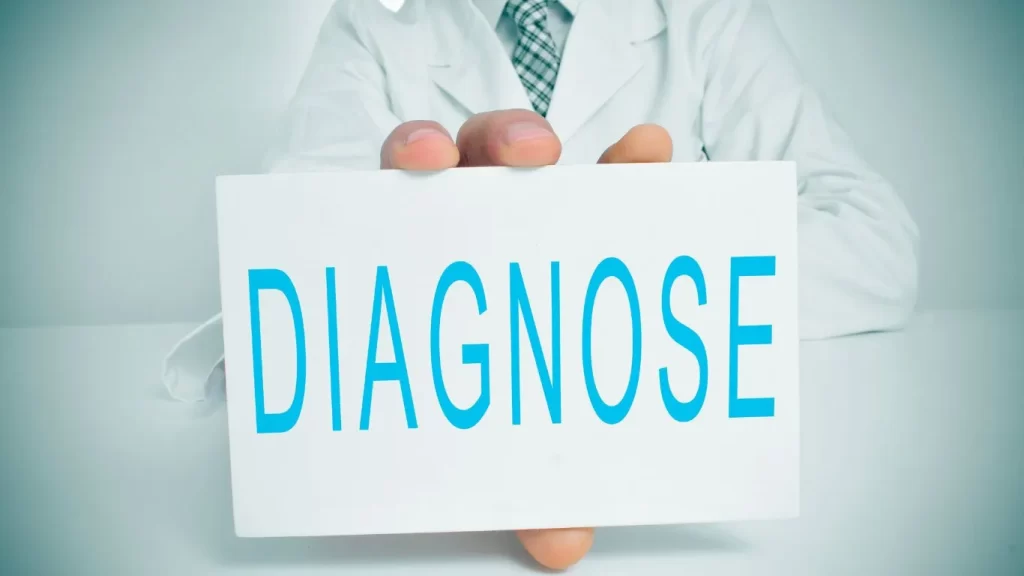
Who Is At Risk for Polio?
Children under five years old are most susceptible to contracting the disease due to their weaker immune systems. However, unvaccinated individuals of all ages can be at risk. Polio remains a concern in regions with limited vaccination coverage, poor sanitation practices, and inadequate access to clean water.
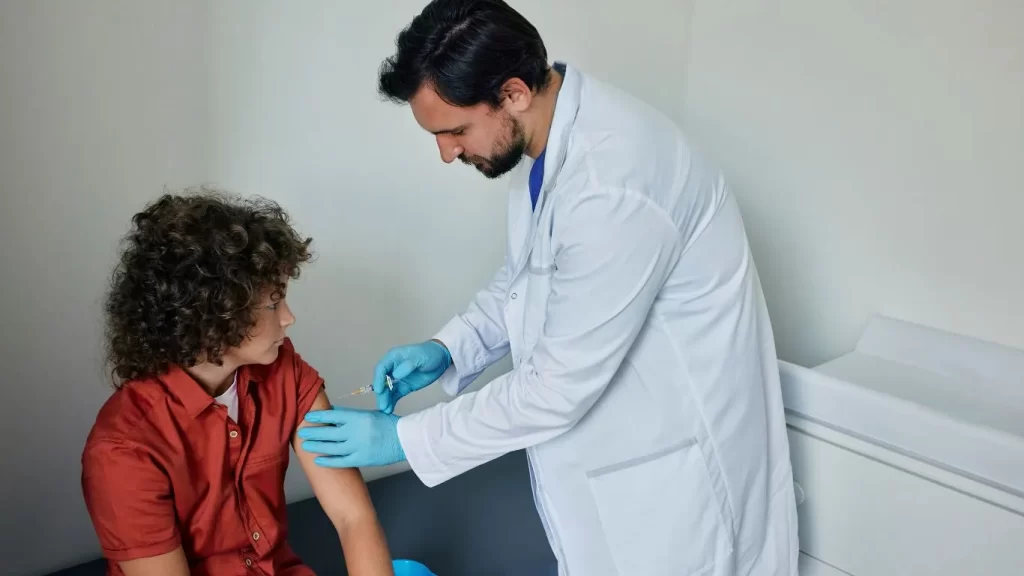
How Does Polio Spread?
Poliovirus primarily spreads through the fecal-oral route, meaning it is transmitted through contact with contaminated feces or oral secretions. Here are some common ways polio can spread:
- Drinking water contaminated by sewage containing the virus.
- Consuming food handled by an infected person who did not properly wash their hands after using the bathroom.
- Touching objects or surfaces contaminated with the virus and then touching your mouth.
Polio Virus Wastewater
The poliovirus can transmit through wastewater tainted with the virus, even in areas where no cases of poliomyelitis have been reported for years.
Therefore, public health measures should include proper sanitation and hygiene practices to prevent outbreaks caused by this silent carrier.
Post-Polio Syndrome (PPS)
Post-polio syndrome refers to new symptoms that may arise many years after initial recovery from an acute episode of paralytic poliomyelitis. Individuals who had prior diagnosed paralytic polio can experience:
- Progressive muscle weakness
- Fatigue
- Joint pain
These late effects usually develop several decades after the initial infection but vary widely among individuals.
Polio Vaccine History
The development of a safe and effective vaccine revolutionized global efforts against poliomyelitis – one such significant milestone achieved was due to Dr. Jonas Salk’s innovative work on creating an injectable inactivated poliovirus vaccine (IPV) back in 1955. Later on came Albert Sabin who developed the first oral attenuated live-virus vaccine called Oral Poliovirus Vaccine (OPV).
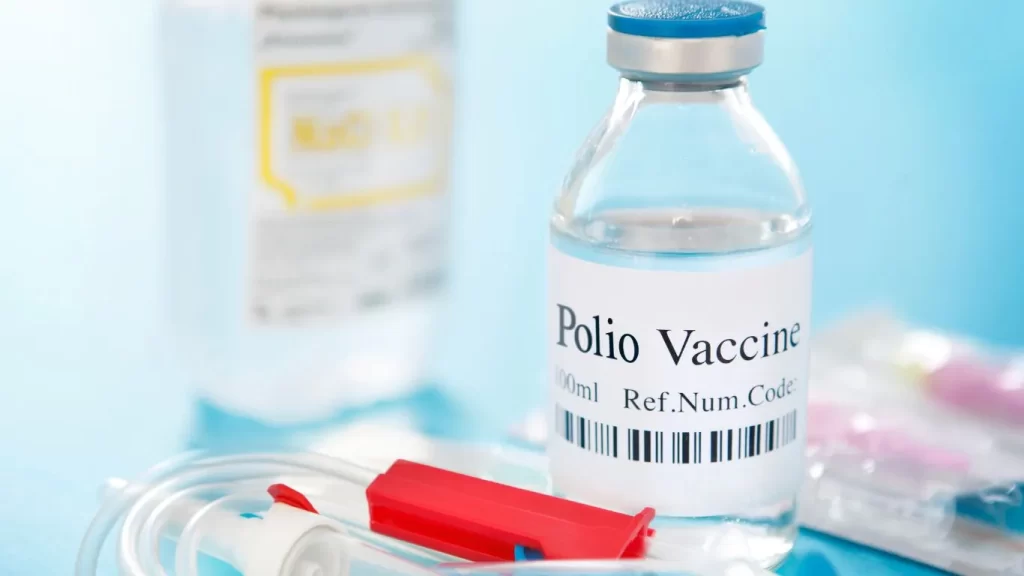
Was The Polio Vaccine Mandatory?
In many countries today, including America, receiving a dose of the polio vaccine is mandatory as part of routine childhood vaccine schedules. These government regulations have significantly contributed to reducing the incidence of this devastating disease.
Polio Vaccine Schedule
In most countries, infants receive multiple doses of the polio vaccine in a series called primary vaccination, followed by booster doses later on. The World Health Organization (WHO) recommends two main types:
- Inactivated Poliovirus Vaccine (IPV): Given through injection, it consists of killed poliovirus strains and contains no live virus.
- Oral Poliovirus Vaccine (OPV): Administered through oral drops or a sugar cube, OPV uses weakened but live forms (attenuated virus) to stimulate immunity.
How Can You Prevent Poliomyelitis?
Preventing poliomyelitis primarily involves ensuring widespread vaccination campaigns against the virus coupled with improved sanitation and hygiene practices. Here are some preventative measures:
- Vaccination: Ensure that all children receive their recommended dosage as per national vaccine programs.
- Hand Hygiene: Frequent handwashing with soap and clean water after using toilets or changing diapers can limit viral transmission.
- Safe Water Practices: Drinking from safe sources ensures minimal risk; boiling water before use can also help destroy any viruses or bacteria present.
Conclusion
Poliomyelitis has been disruptive lives for centuries; however, concerted global efforts including widespread vaccination campaigns have significantly reduced its incidence worldwide. The development of highly effective vaccines has been instrumental in preventing new cases and pushing toward total destruction of this disabling disease. Continued caution with routine vaccine programs allied with improved hygiene practices remains critical in destroying Poliovirus once and for all!
FAQs
One of three types of highly contagious polioviruses—P1 (serotype 1), P2 (serotype 2), and P3 (serotype 3)—causes Polio through infection.
The primary cause behind persistent cases in Pakistan lies predominantly due to low coverage rates during national vaccine campaigns linked with misconceptions regarding vaccine safety.
Polio remains endemic in several parts of Pakistan due to ongoing challenges including limited access to healthcare, insecurity leading to difficulties in vaccine administration, and inadequate sanitation practices.
Polio symptoms can range from mild flu-like illness to severe paralysis. Common signs include fever, sore throat, headache, and vomiting. In more severe cases, muscle weakness or paralysis may occur.
Healthcare professionals can diagnose Polio through a combination of clinical presentation and laboratory tests, such as analyzing cerebrospinal fluid and detecting viral genetic material using PCR assays on various samples like throat swabs or stool specimens.
Children under five years old have the highest risk due to weaker immune systems; however, unvaccinated individuals of all ages can be susceptible if exposed to the virus.
